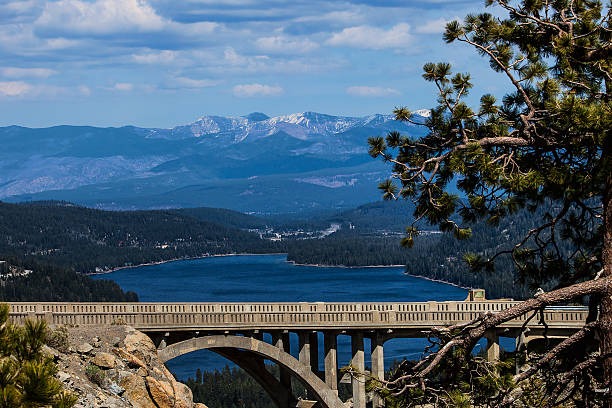
There is a quiet that lives only in the desert. It’s a stillness that doesn’t beg for silence, but gently draws you into it — as if the wind itself is meditating. Scattered among Egypt’s arid sands are the country’s ancient monasteries, some carved into cliffs, others huddled behind fortress-like walls. These are not just relics of devotion, but sanctuaries suspended between earth and eternity. Far from the tourist trails of bustling Cairo and Luxor, these sacred sites offer a different kind of journey — one not driven by spectacle, but by serenity.
Just beyond the Nile Valley, on the edge of the Eastern and Western Deserts, travelers can uncover a more contemplative layer of Egypt. St. Anthony’s Monastery, considered the oldest Christian monastery in the world, still houses monks who wake before dawn to pray in Coptic hymns, much as they did over 1,600 years ago. For those seeking more than just a typical Egypt vacation, these monastic enclaves offer a retreat into stillness, story, and spirituality — a rare opportunity to slow down and listen to the land breathe.
While many tourists focus on pyramids and pharaohs, there’s a growing desire among curious travelers to go deeper, to explore Egypt beyond its grand monuments. Those seeking enriching experiences might look into Egypt vacation packages that include stops at St. Paul’s Monastery, the Red Sea hills, or the remote Desert Fathers’ hermitages. These packages often blend well-known highlights with hidden gems, allowing visitors to witness the roots of early Christianity in their rawest, most untouched settings.
For spiritual explorers or those simply drawn to the quiet magnetism of the desert, the true key is finding the right route — and that’s where a trusted resource like Travelodeal can prove invaluable. Guests can uncover sacred places often overlooked by traditional itineraries, opening up emotional and cultural connections that last far beyond the trip with Egypt travel guide.
Echoes of Devotion: Egypt’s Sacred Desert Legacy
Egypt’s desert monasteries are more than places of prayer — they are guardians of silence. St. Catherine’s Monastery, resting in the shadow of Mount Sinai, is a living archive of Christian, Jewish, and Islamic history. Inside its ancient walls, illuminated manuscripts and relics whisper tales of saints, scholars, and seekers. The monks here tend to olive trees planted centuries ago, their lives a continuation of traditions passed down without interruption since the Byzantine era.
Many of these sacred spaces are still active monastic communities, with resident monks who live in rhythms of fasting, worship, and contemplation. Yet visitors are welcomed with warmth and grace. Whether you’re attending early morning liturgies or sharing tea in the courtyard, you’ll feel a subtle yet profound shift — as though time has folded in on itself, inviting you into a quieter reality.
Desert Silence, Lasting Impressions
What makes a journey to Egypt’s monasteries unforgettable is not simply the architecture or historical significance, but the feeling they leave behind. The desert doesn’t speak loudly. It hums, it listens, and it waits. In the hush between the wind and the walls, travelers often find clarity, or at least the space to seek it.
For many, these monasteries offer a pilgrimage of the spirit — not bound by religion, but by reverence. It’s a reminder that even in a land known for its colossal statues and golden treasures, some of Egypt’s greatest riches are carved not in stone, but in silence.
As the sun sets over the dunes and the domes of these ancient sanctuaries catch the last light of day, you may hear it — that whisper in the wind — inviting you not just to see Egypt, but to feel it, deeply and quietly, in its most poetic form.






